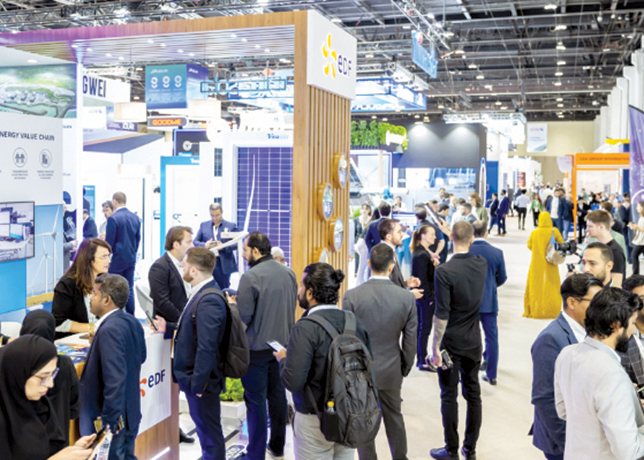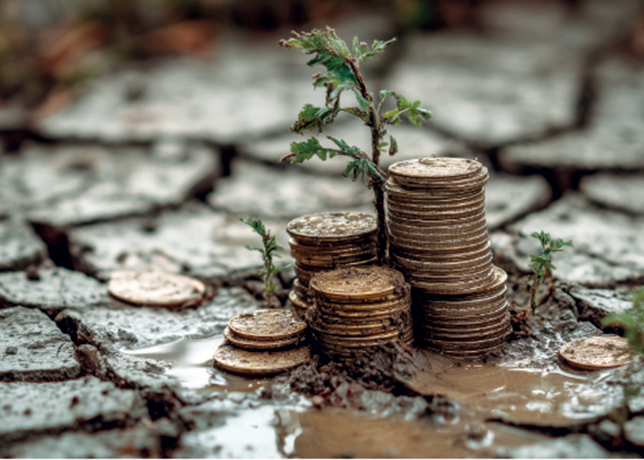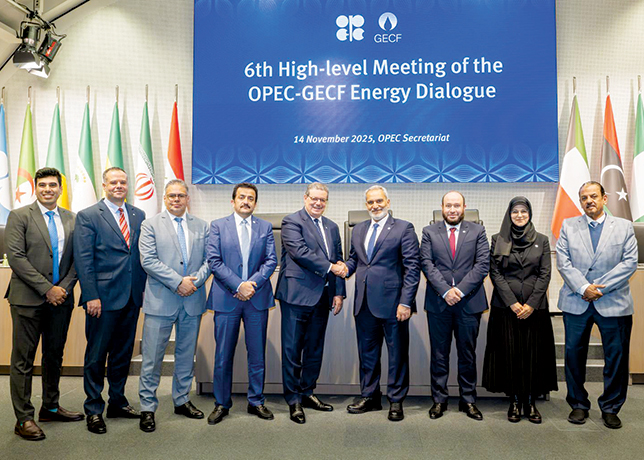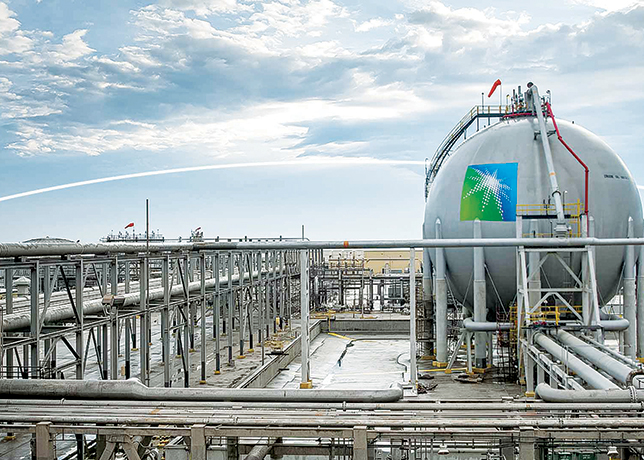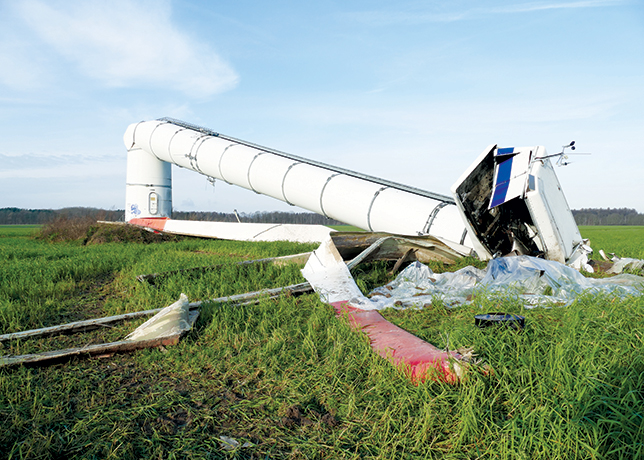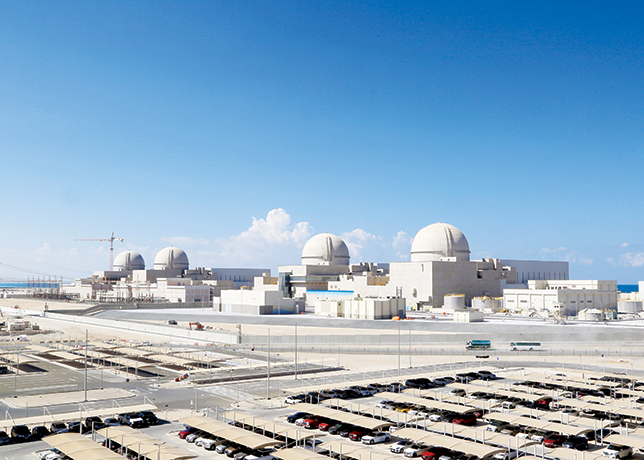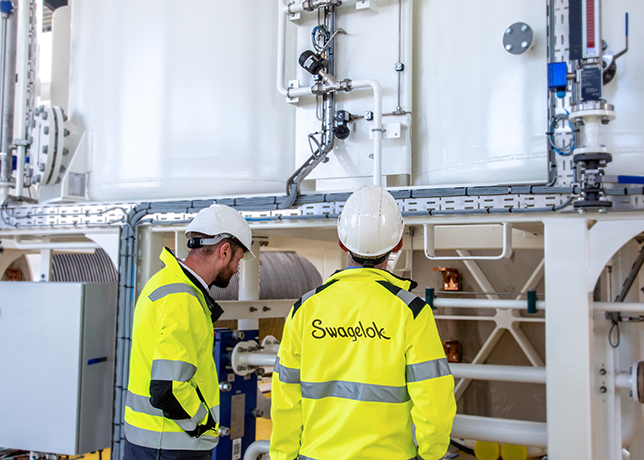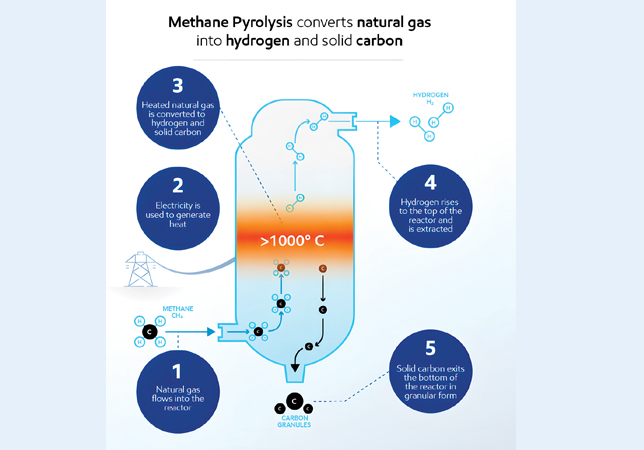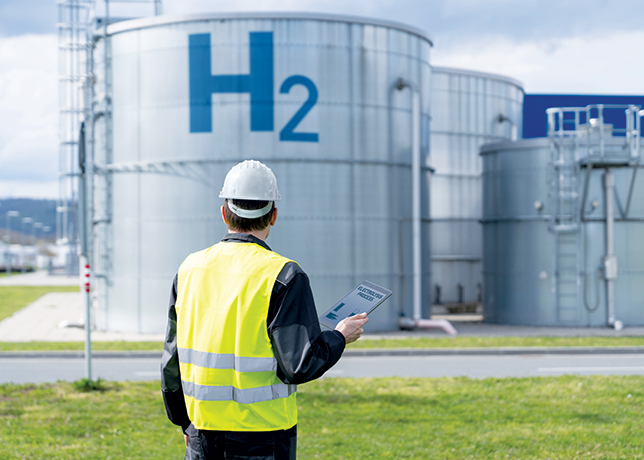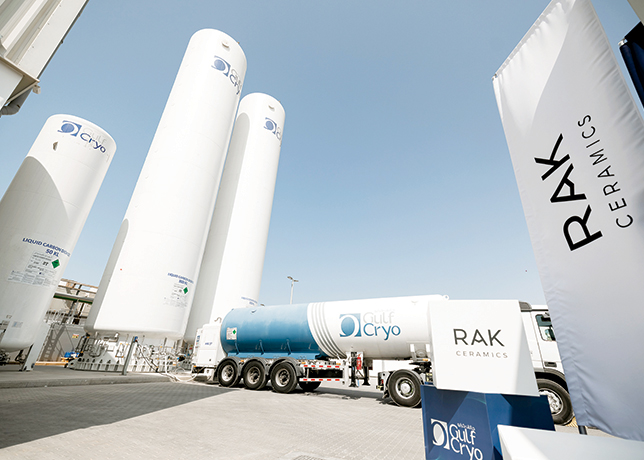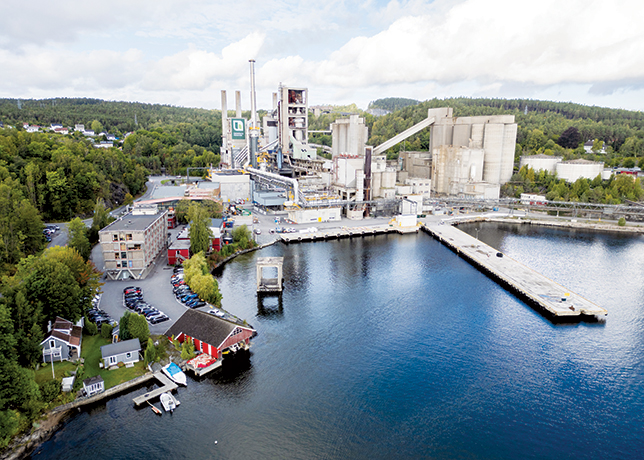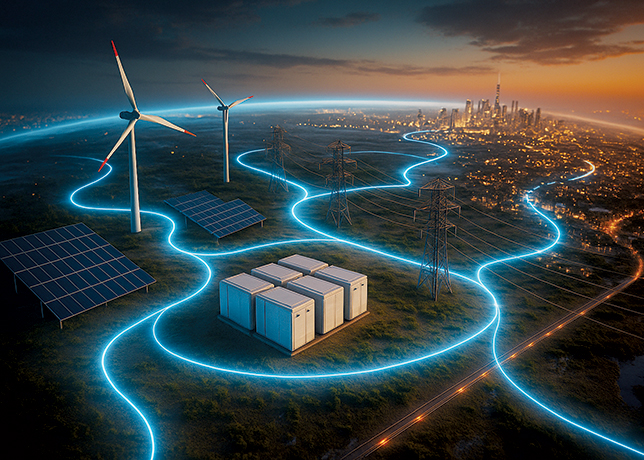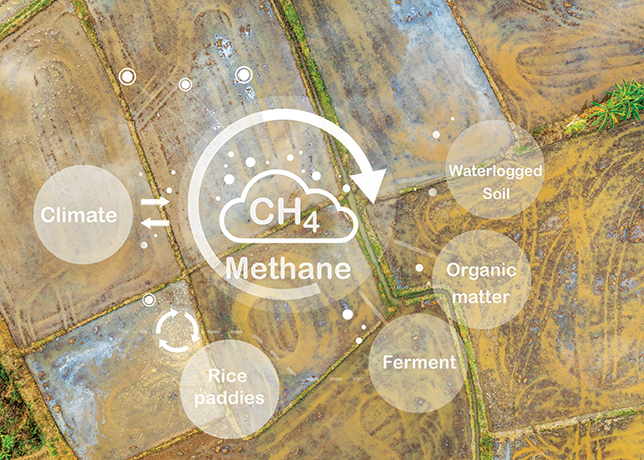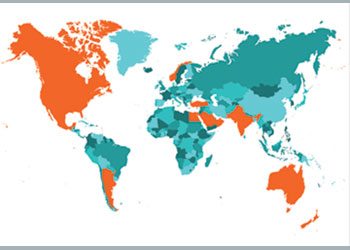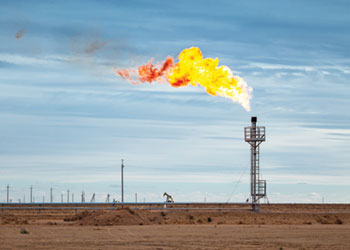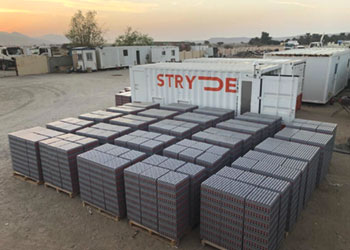
 Oman is taking bold steps to cut down on energy emissions
Oman is taking bold steps to cut down on energy emissions
The Sultanate is at the beginning of a longer journey to net-zero emissions by 2050, and laying the right groundwork over the coming months is critical to its success
The Sultanate of Oman is taking bold and practical steps in its energy transition journey, both because of its renewable energy generation potential but also out of necessity to address climate change, which is set to exacerbate, posing critical risks to the country.
Climate projections indicate that Oman will experience higher temperatures in the coming decades, with more frequent heatwaves and low rainfall.
According to data from the International energy agency (IEA), if high-emissions continue, the mean annual temperature could rise by 5 deg C. But this rise could be limited to 1.5 deg C in a low-emissions scenario.
This change could costing Oman billions and pose a threat to the Sultanate's natural resources and infrastructure
What’s more, the heatwaves could impair the functioning of the country’s gas-fired power plants, which account for over 95 per cent of electricity generation and which is affected by air density and ambient temperature.
These plants are also vulnerable to flash flooding, something Oman has experienced frequently, the most recent one due to Cyclone Shaheen in 2021.
Meanwhile, decreasing rainfall in the long term could lead to an increase in energy demand. To meet its water needs, Oman has expanded water supply from desalination plants.
Currently, Oman operates nearly 100 desalination plants, and desalinated sea water and brackish water account for 15 per cent of its annual water supply and over 80 per cent of its potable water supply.
CLEAN ENERGY IS THE WAY FORWARD
To address these threatening climate challenges, Omani authorities are taking a proactive approach and have initiated diverse public policies, with an emphasis on clean energy transitions.
In October 2022, Oman announced a net-zero by 2050 plan and an ambitious green hydrogen strategy. This was followed by the launch of the Oman Sustainability Centre to oversee the delivery of the net-zero strategy. The centre will be operational before the yearend.
This in line with the Sultanate’s 2040 national vision, which aims to diversify the economy, produce 30 per cent of electricity from renewables by 2030, and reduce reliance on fossil fuels.
According to the 2050 net-zero strategy, an orderly transition offers an attractive middle option that would allow Oman to achieve its net-zero goal by 2050.
To make the transition smooth and sustainable, Oman has set five objectives for its path: Environmental sustainability, energy system costs, economic impact, social impact and security of supply.
Accordingly, the country will implement the lowest-cost decarbonisation levers first as they become economically viable, then activate levers to address harder-to-abate emissions.
As of 2021, Oman’s net emissions totaled approximately 90 million tons (Mt) CO2e, with five sectors contributing 95 per cent of net emissions—industry, oil and gas, power, transport, and buildings. If unchecked, emissions will increase by 16 per cent to 104 Mt CO2e by 2050.
An orderly transition path could help Oman abate 97 Mt CO2e by 2050, with decarbonisation through 2030 and 2040 accounting for 6 per cent and 54 per cent of the total pathway respectively relative to 2021 emissions. Industry, oil and gas and transport would drive these efforts.
This pathway would result in a remaining "last mile" gap of 8 per cent (7 Mt) that could be addressed through breakthrough decarbonisation technologies and natural negative emissions (such as, direct-air carbon capture with storage in depleted reservoirs or planting mangrove trees to absorb atmospheric carbon), and critical behavioral changes (such as, substituting carbon-intense products or materials).
Oman is counting on six main decarbonisation technologies to support an orderly transition: energy and resource efficiency, electrification and renewables, battery electric technology, sustainable hydrogen, carbon capture and storage and negative-emission solutions.
Together, these technologies would cover about 90 per cent of abatement to 2050. However, the decarbonisation targets would require technology to mature.
All in all, the net-zero pathway would cost the country $190 billion in investment, to cover power and hydrogen infrastructure. And to unlock a hydrogen export economy, the capital investment required would increase by an additional $230 billion.
The government expects the private sector to finance 70-80 per cent of these investments.
HYDROGEN COULD BE OMAN’S BESY ADVANTAGE
Oman is currently building competencies for hydrogen export, enabled by its existing infrastructure and extensive experience in exporting LNG.
In October 2022, Oman unveiled its green hydrogen strategy, which includes a target of 1 Mt to 1.25 Mt of green hydrogen production by 2030, rising to 3.25 Mt to 3.75 Mt per year by 2040 and further to 7.5 Mt to 8.5 Mt per year by 2050.
Three regions along the coastline have been identified as locations for renewable hydrogen production: Duqm, Dhofar and Al-Jazir, and a total of 50 000 sq km of land have already been identified for hydrogen project development.
To lead the strategy, the government has established Hydrogen Oman (Hydrom), a fully owned autonomous subsidiary of Energy Development Oman.
The mandate of Hydrom includes the structuring of the large-scale green hydrogen projects and managing the auction process for allocating government-owned lands for green hydrogen projects, assisting in the development of common infrastructure and connected ecosystem industries and hubs, and overseeing the execution of hydrogen projects.
In March 2023, the first public bids were held for the awarding of the first land blocks to meet the 2030 target.
By April 2023, HYDROM had released the result of the first auction for land allocation to renewable hydrogen projects, with six project worth $20 billion being awarded.
The earmarked area stretches over 1,500 sq km and will supply a total of 15 GW electrolyser capacity. The agreements are for a period of 47 years, which includes 7 years for development and construction and 40 years of operation.
If the strategy is followed through, Oman would represent 61 per cent of total hydrogen exports from the Middle East (equal to 1.1 Mt of Hydrogen/year), followed by the UAE (20 per cent) and Saudi Arabia (16 per cent) (Figure 2.1).
CONCLUSION
Oman is at the beginning of a longer journey to net zero emissions by 2050. Laying the right groundwork over the coming months is critical to its success.
To follow this path, Oman should continue to build momentum. This would involve balancing longer-term planning with near-term delivery by deciding which priority levers to implement first to unlock their full potential, capture immediate value and remove future bottlenecks.
By Abdulaziz Khattak











